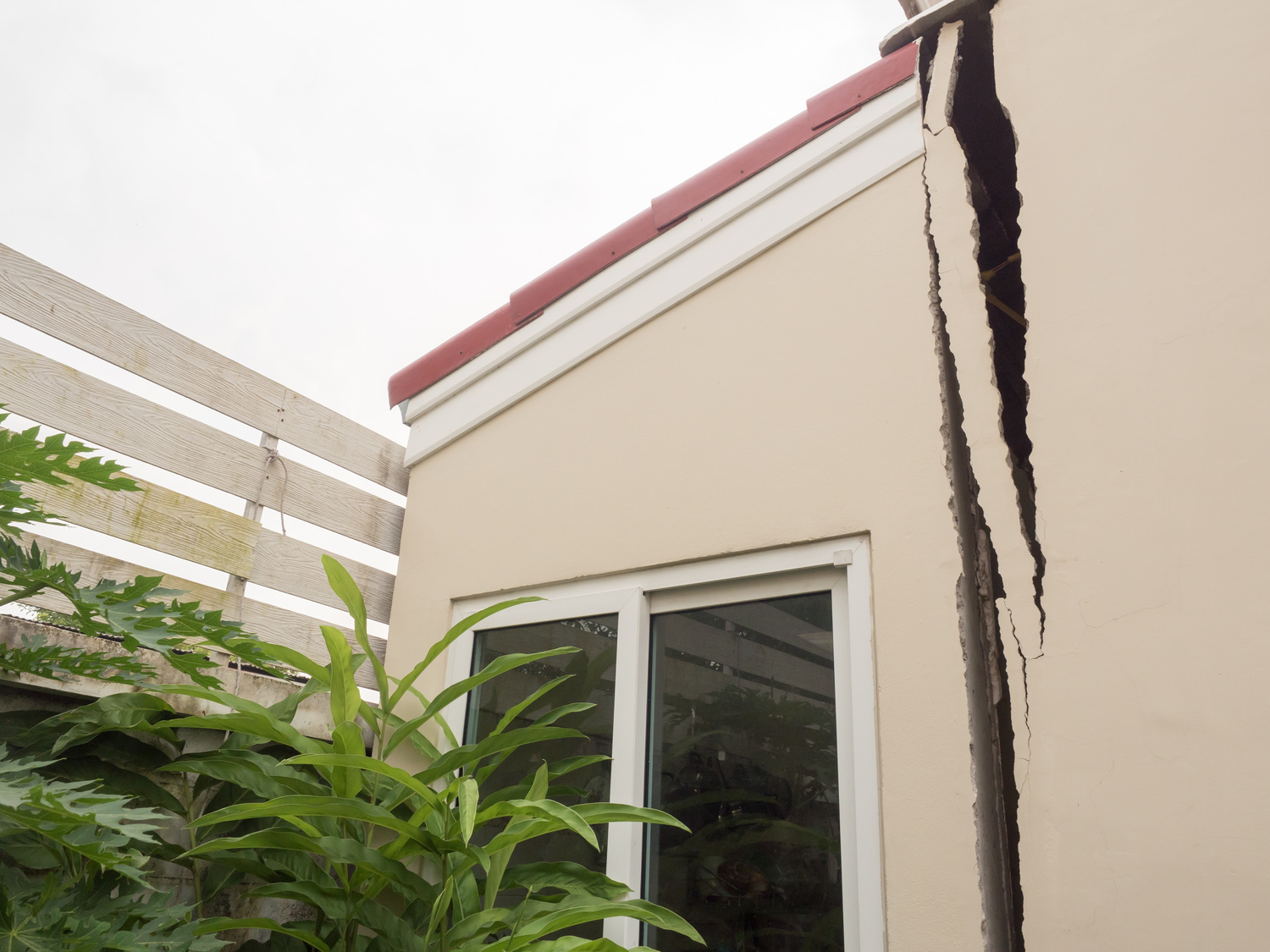October 17, 2022

3 Ways Your Home Can Suffer Structural Damage
Preventing or properly repairing structural damage to your property as a result of water damage will prevent you from losing a significant amount of money. Knowing the dangers that structural damage can cause will make you decide to fix it quickly and restore your home to ideal conditions.
The following information is about disasters that can seriously affect your property, and how to repair structural damage and prevent it from occurring in the future.
What is structural damage?
Any damage to your home or property that compromises or adversely affects the integrity of the internal structure is referred to as structural damage. This covers the roof, walls, and foundation. When a structure sustains structural damage, it may no longer be able to support it, putting the property in danger of collapsing. Think about the following dangers:
water damage to structures.
If water seeps through tiny cracks in the basement, crawl space, or foundation walls, a house may sustain water damage. When water damage is severe or persistent over time, structural damage happens. Such harm could include
Wood decay
Proliferation of mold
Bacteria expansion
Rusting of steel and metal
Composite lumber swells
Materials such as plywood delamination
The home can become less stable structurally or even sink.
Leaking pipes, burst pipes, broken appliances, and flooding brought on by bad weather can all result in water damage.
Water Restoration: The first step in repairing water damage is to halt the source of the leak.
Take the following steps:
- Stop the water loss.
- Remove accumulated water
- Dry all affected areas and fixtures
- Fix all structural damage
- Disinfect affected areas and fixtures
Tip: Seeking professional help is advisable. Our professionals, at MCKINLEY WATER DAMAGE RESTORATION, have the knowledge and the expertise to repair and ensure the safety of your home before allowing your loved ones back inside.
Prevention of Water Damage: Even while certain disasters are unavoidable, there are steps you may do to lessen the likelihood of future flooding:
- All water-based equipment should be regularly checked for proper operation and connections to their water source.
- Every year, get your sewage and plumbing systems inspected.
- Repair any little leaks right away.
Keep your flood and/or homeowners insurance current.
Tip: Keep the phone number of your dependable water restoration company in your phone or a prominent place in your house.
Structural damage to trees
Your tree is the last thing you would anticipate doing serious structural damage to your house. But it’s possible, so be prepared to act if it does. Your home may sustain damage from a falling or wind-driven tree, including evident effects to the roof and walls as well as plumbing or structural issues (not always obvious). Follow these steps if a tree falls on your house:
- Call your insurance provider.
- Record any losses and destroyed items.
- Keep thorough records of your emergency response and medical treatment
- Protect your property against more harm (tarp the roof, board the windows, etc.)
- Get the tree lawfully removed.
- Engage contractors to fix the damage or construct a new one.
Repairing tree damage – Remember that a tree’s impact may cause extensive, imperceptible harm. Have these to safeguard your house:
- A structural inspection by a general contractor
- A plumber’s inspection of the plumbing
- An electrician will inspect the electricity
Advice: After a tree harms your property, take no chances. Have it checked and repaired as soon as you can.
Tree Damage Prevention – Make sure your tree(s) are healthy and stable by:
- Pruning them in season
- Keep them fertilized
- Keep them watered
- Periodically checked for illness and infestation
Hiring a trained arborist to assess your tree(s) and make treatment and maintenance recommendations.
Structural damage from fire
A fire is one of the most harmful events that may happen in a house. Along with causing damage to walls, carpets, furniture, and other things, the water required to completely put out a fire can also be harmful. When a fire is put out in your house, take the following actions:
- Call your insurance provider.
- Record any losses and destroyed items.
- Keep thorough records of your emergency response and medical treatment
- Protect your property from more harm by boarding up the windows, fixing the doors, etc.)
- Engage contractors to fix the damage or construct a new one.
Repairing Fire Damage – Fire damage can be very widespread and leave your property with lingering scents. Like past catastrophic events, you will require:
- A structural inspection by a general contractor
- A plumber’s inspection of the plumbing
An electrical inspection by an electrician
Preventing Fire Damage To lessen or completely prevent the chance of a fire starting in your house, take into account the following steps:
- Teach your family about safe appliance use (space heaters, toasters, etc.)
- Whenever necessary, have your home’s electrical systems evaluated and updated.
- The kitchen should have a fire-resistant system installed.
- Ensure that your fire extinguishers are ready and charged.
- Every year, have your fireplace cleaned
- Put smoke alarms in your house.
Tip: Once you identify potential fire hazards in your home, eliminate them.
Structural degradation
You learned in this post many ways your home could sustain serious structural damage, how to get it fixed right away, and what you can do to stop such incidents from happening again.
You may take steps to stop potential risks in your house and keep your loved ones safe by being aware of them.
Ignoring risks in and around your home can lead to catastrophic losses and injuries, possibly harming the integrity and worth of your house.


